As the position of an object (u) reflected from a concave mirrorr is varies, the position of the image (v) also varies. By letting the u changes from 0 to +∞ the graph between v versus u will be
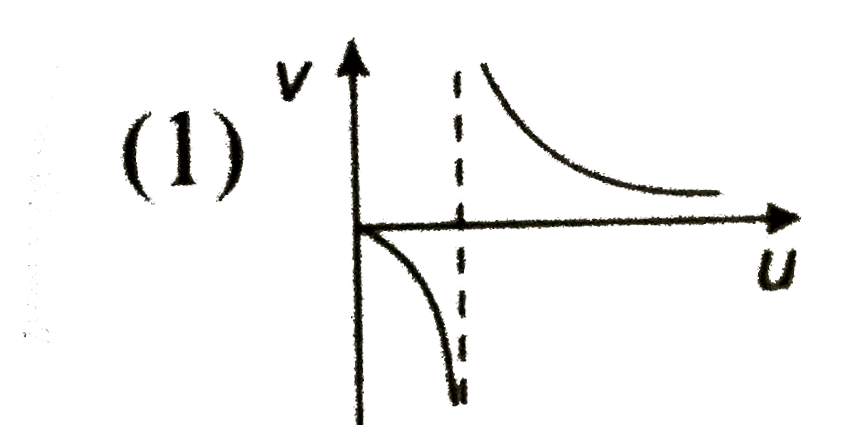
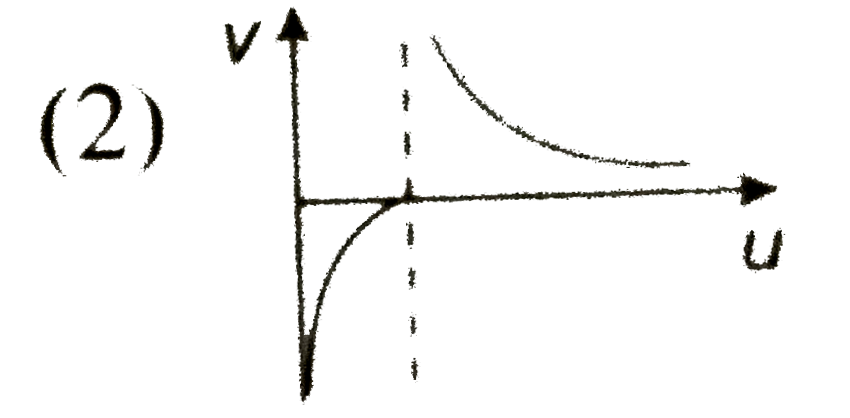
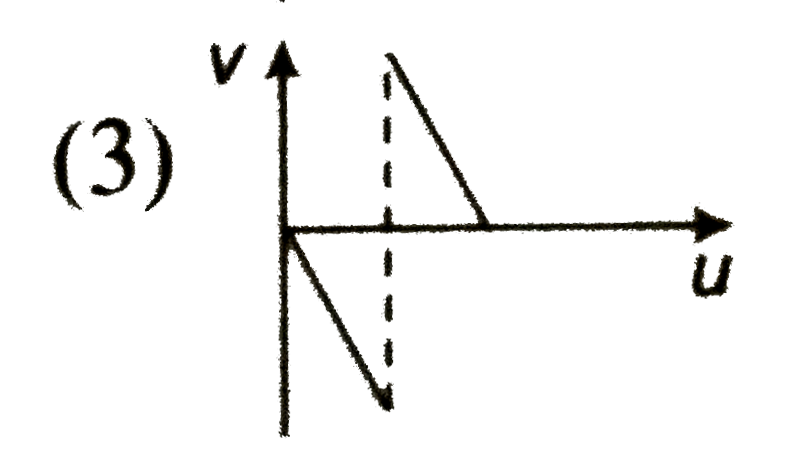
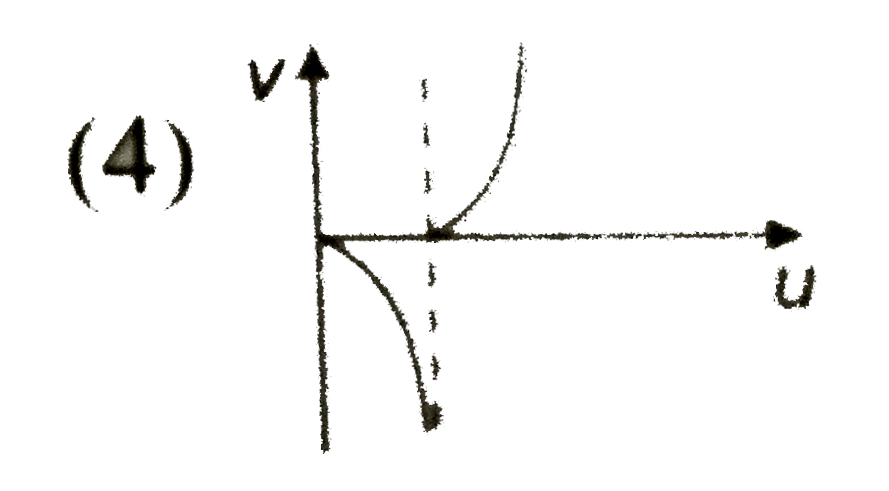
The correct Answer is:A
At u=f,v=∞,u=0,v=0
Topper's Solved these Questions
- BOOK - CP SINGHCHAPTER - REFLECTION OF LIGHTEXERCISE - EXERCISES67videos
REFLECTION OF LIGHT
- BOOK - CP SINGHCHAPTER - PHOTOELECTRIC EFFECTEXERCISE - EXERCISES73videos
PHOTOELECTRIC EFFECT
- BOOK - CP SINGHCHAPTER - REFRACTION AT SPHERICAL SURFACESEXERCISE - EXERCISES105videos
REFRACTION AT SPHERICAL SURFACES
Similar Questions
A real inverted image in a concave mirror is represented by (u,v, f are corrdinates)
View SolutionAn object is placed at a distance u from a concave mirror and its real image is received on a screen placed at a distance of v from the mirror. If f is the focal length of the mirror, then the graph between 1/v versus 1/u is
View Solution
Knowledge Check
- Question 1 - Select One
As the position of an object (u) reflected from a concave mirror is varied, the position of the image (v) also varies. By latting the u changes from 0 to +∞ the graph between v versus u will be
A B
B C
C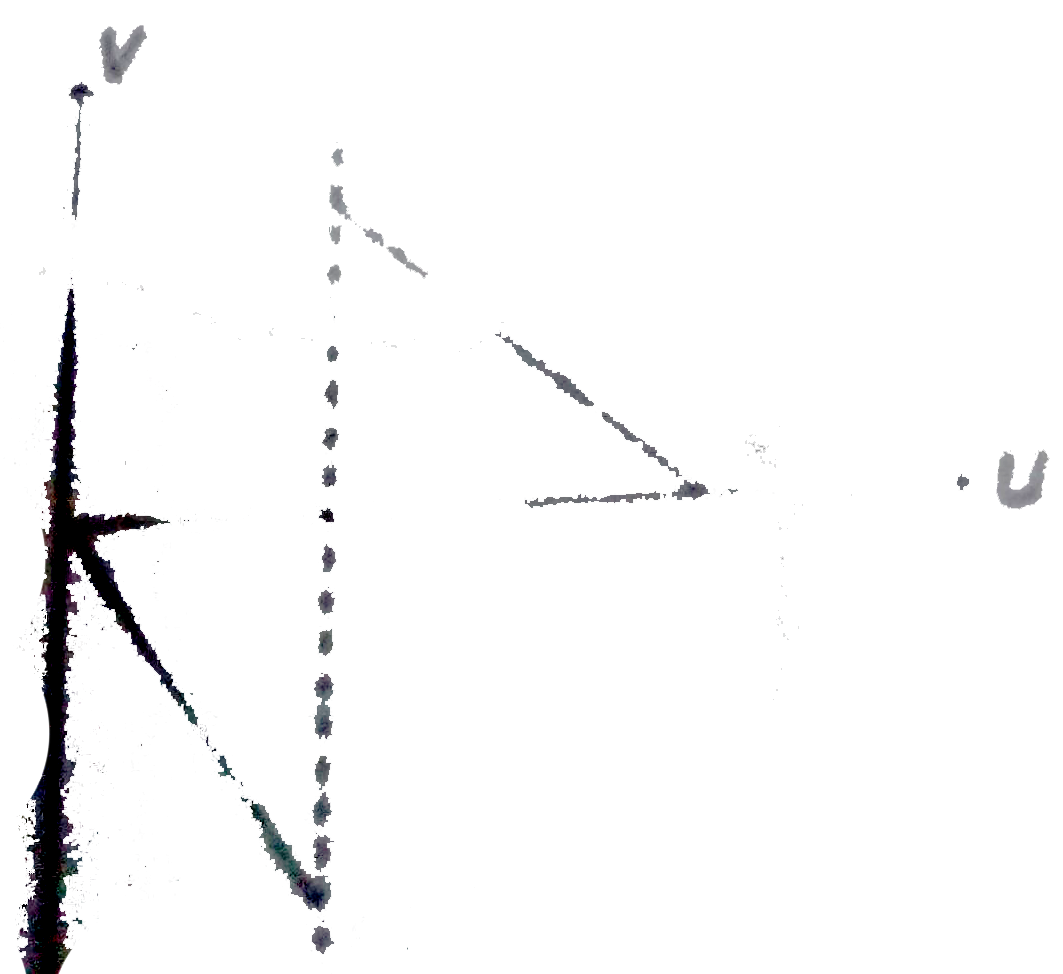 D
D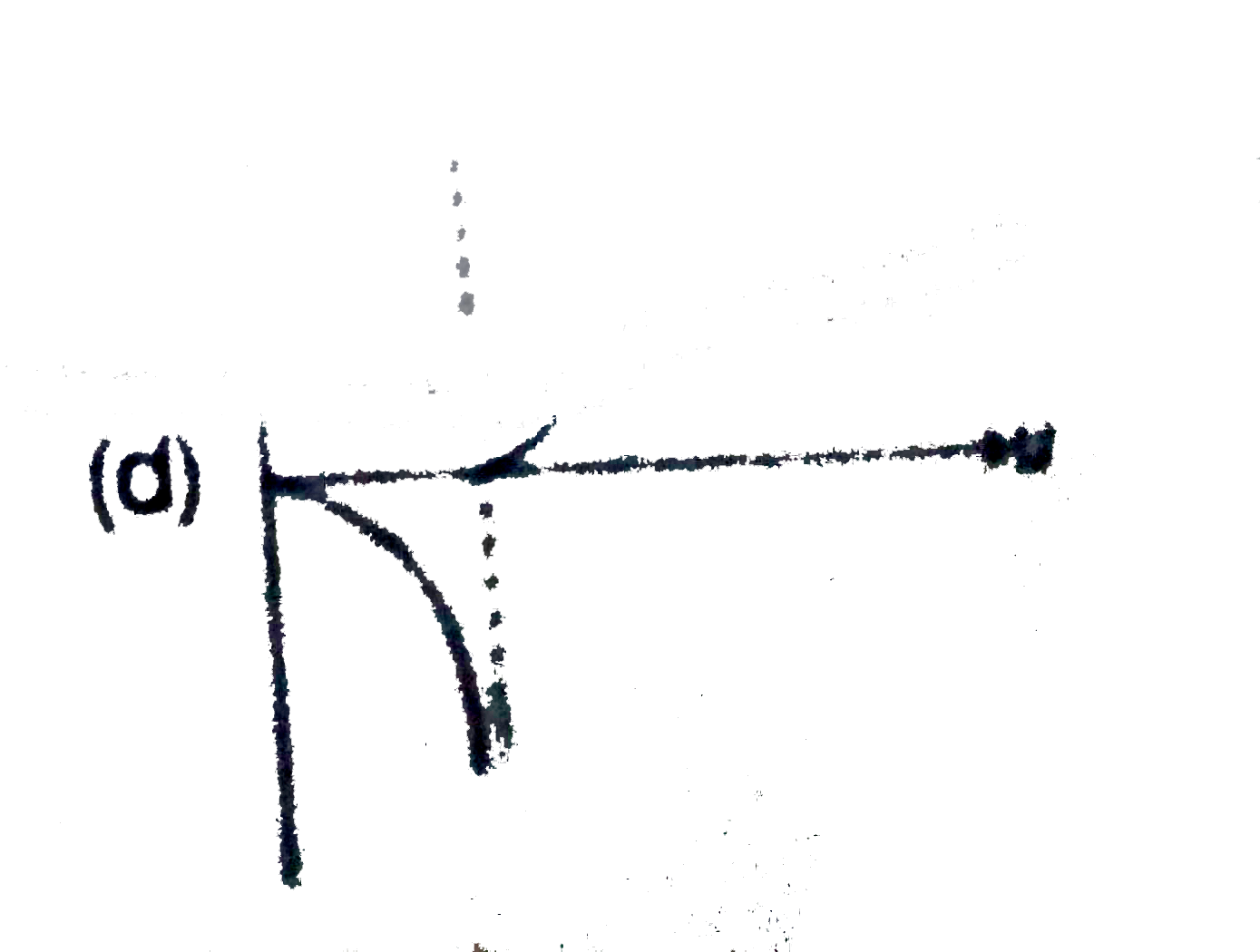
- Question 2 - Select One
The image of an object is formed at infinite distance from a concave mirror. The position of the object is _______.
Aat CBbetween C and FCat FDbetween pole and F - Question 3 - Select One
The graph between u and v for a convex mirrorr is
A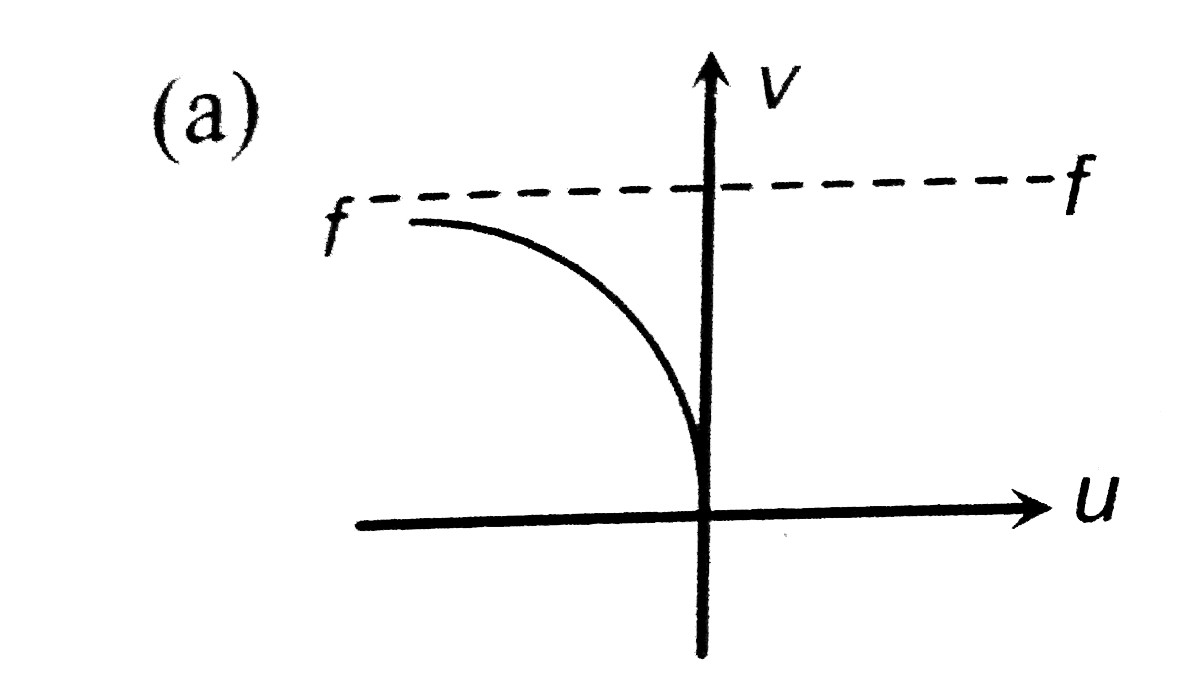 B
B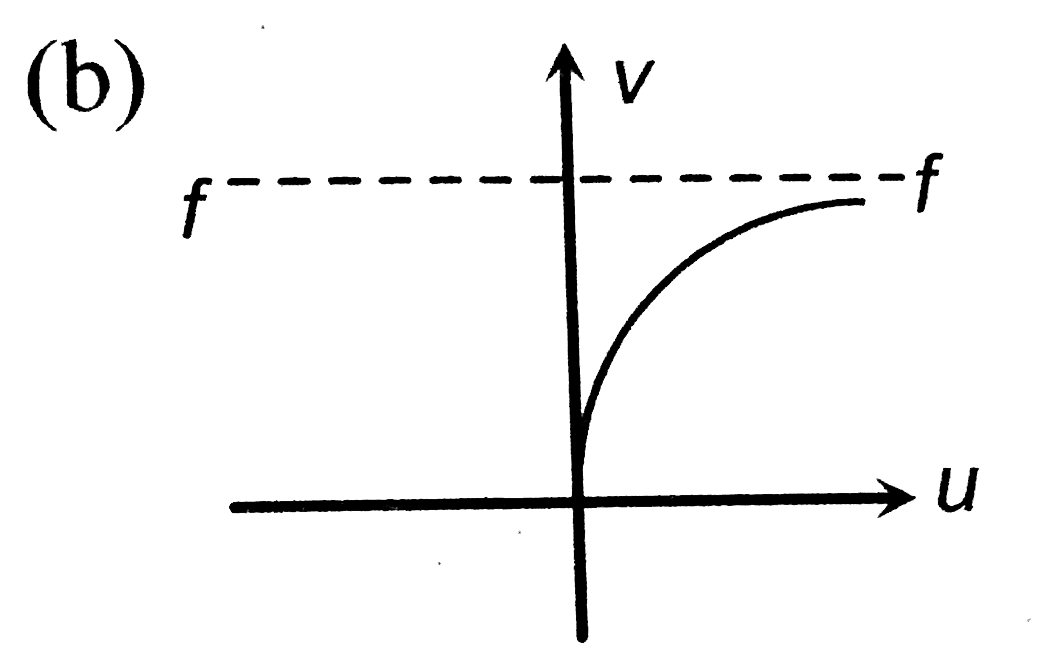 C
C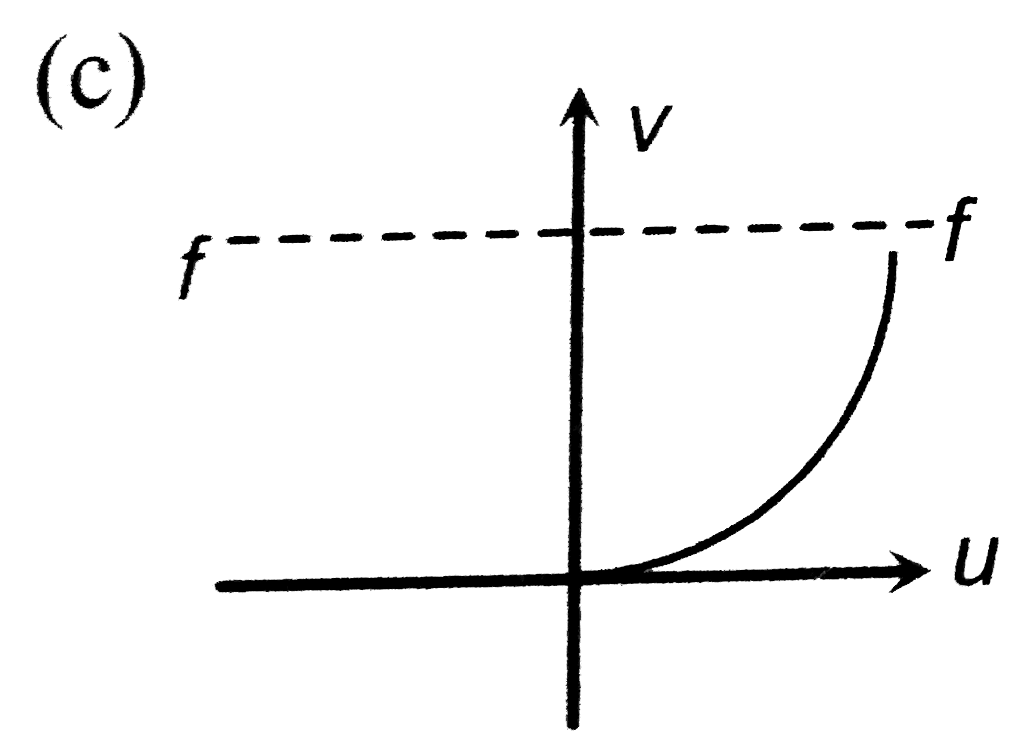 D
D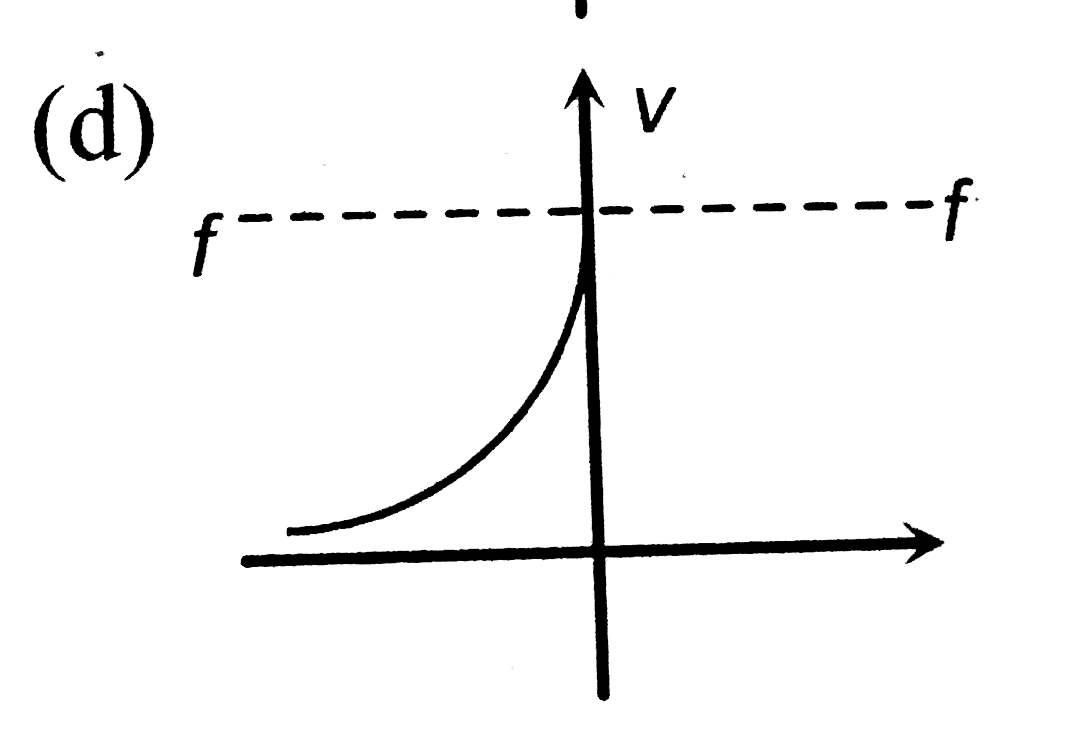
For a concave mirror, if real image is formed the graph between 1u and 1v is of the form
View SolutionFor a concave mirrorr, if virtual image is formed, the graph between m and u is of the form
View SolutionThe graph between 1v and 1u for a concave mirror looks like.
View SolutionA real inverted image in a concave mirror is represented by (u,v, f are corrdinates)
View SolutionIn an optics ecperiment, with the position of the object fixed, a student varies the position of a convex lens and for each position, the screen is adjusted to get a clear image of the object. A graph between the object distance u and image distance v from the lens, is plotted using the same scale for the two axes. A straight line passing through origin and making an angle of 45∘ with the x-axis meets the experiment curve at P. The coordinate of P will be
View Solution

